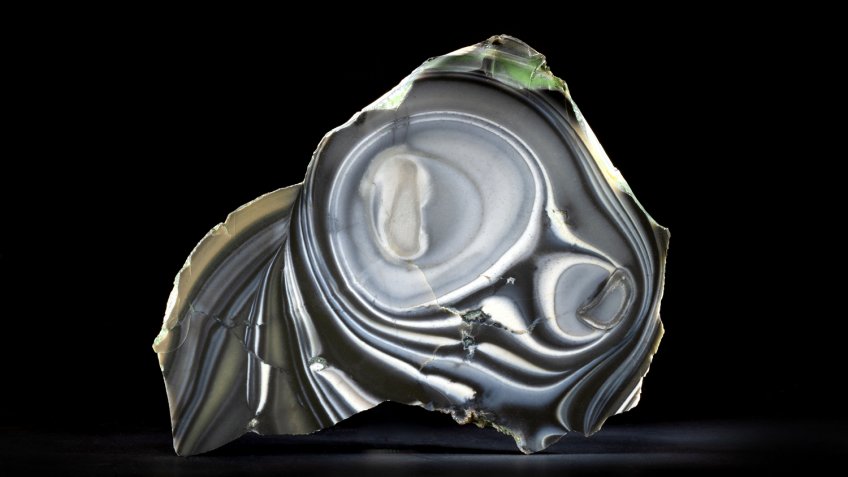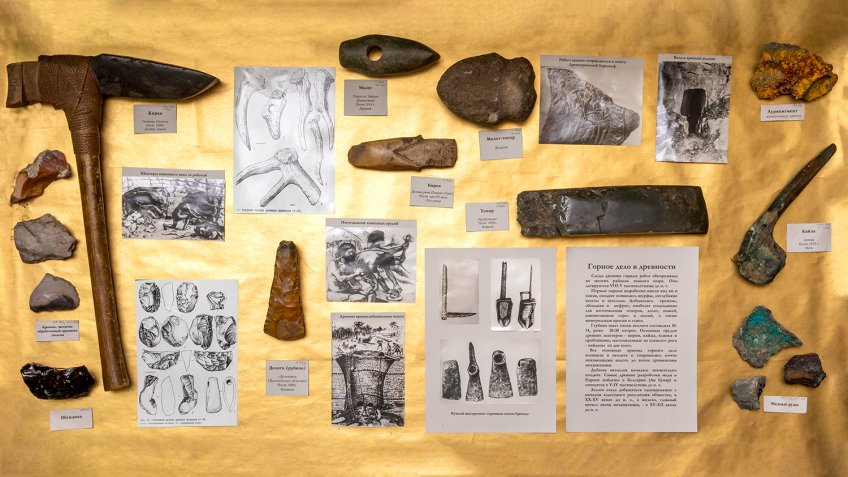
Two million years ago, human ancestors hardly had any idea what the term 'evolution' stands for. Back then, their primary source of help was by appearance grey and a somewhat mediocre stone.
At the dawn of civilisation, flint was mainly used for kindling fires since stone fragments could produce sparks. It worked like that: if one piece of stone was hit by another, it caused the release of a vast amount of tiny mineral particles, which due to the frictional heat energy immediately went up in flames.
Flint had other notables uses. Because it breaks and chips into sharp-edged pieces and its hardness is comparable to that of a diamond, the mineral was used by ancient people to make arrowheads, axes, and other tools. Penknives used in hunting and serving as cutting tools are now among the rarer museum exhibits. When men learned how to smelt and process metals, which marked the beginning of the Bronze Age, the mineral was undeservedly forgotten.
Flint was reborn through being used in making weapons. Between the 16th and 19th centuries, every country in the world had in its inventory flintlock firearms ignited from sparks. The history's most efficient flintlock musket has a nickname "Brown Bess". Even a Kalashnikov rifle does not match it in the context of how many wars this flint gun was involved in worldwide. Rudyard Kipling wrote about Brown Bess's role in history in his poems:
So she followed her red-coats, whatever they did,
From the heights of Quebec to the plains of Assaye,
From Gibraltar to Acre, Cape Town and Madrid,
And nothing about her was changed on the way;
(But most of the Empire which now we possess
Was won through those years by old-fashioned Brown Bess.)
Interestingly enough, exact replicas of Brown Bess are still being produced by Davide Pedersoli, an Italian firearms manufacturing company.
So-called "flint" lighters, well known and easily accessible, cause confusion since they have nothing to do with flint, aside from the word "flint" in the term's name. Instead, ferrocerium and lanthanum are used in cigarette lighters. As ferro-alloys come into contact with a specific scoring wheel, sparks appear and ignite the fuel - either gas or petrol.

